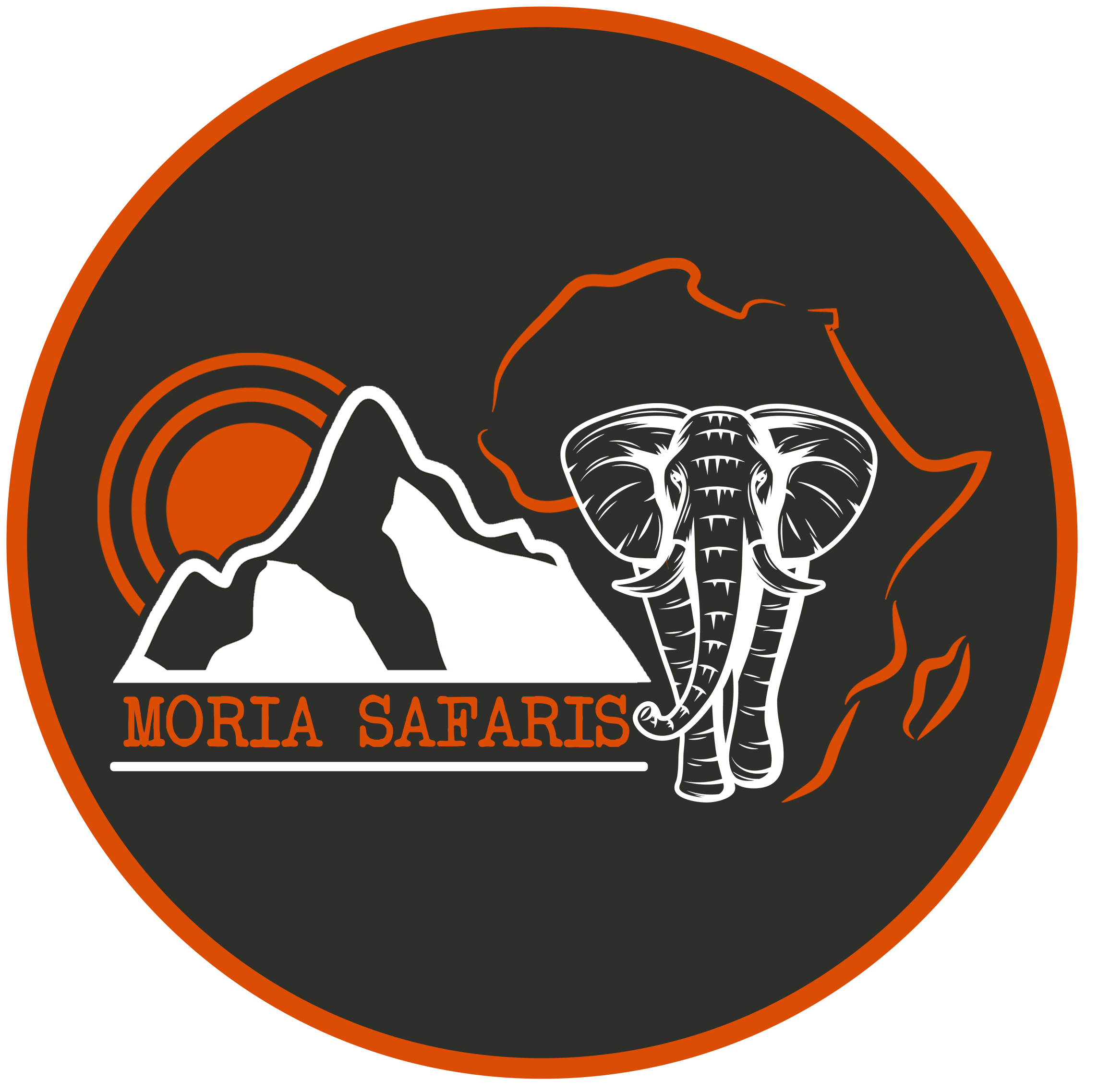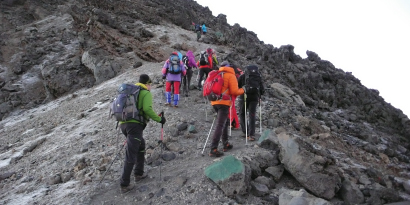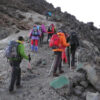How Much Does It Cost to Climb Kilimanjaro? Uncover the Real Expenses of Your Adventure
Climbing Mount Kilimanjaro is an adventure of a lifetime. But before you set out to conquer Africa’s highest peak, you need to know one crucial thing: How much does it cost to climb Kilimanjaro? The truth is, the expenses can vary widely depending on several factors. In this comprehensive guide, we will break down the real costs of climbing Kilimanjaro, from permits and gear to guides and hidden expenses, so you can plan your dream adventure with confidence.
Understanding the Cost to Climb Kilimanjaro
The cost to climb Kilimanjaro depends on a range of factors, including the route you choose, the duration of your climb, the time of year, and the level of service you prefer. On average, you can expect to spend anywhere from $2,000 to $6,000 for a Kilimanjaro climb. However, there are budget options that can reduce the price, as well as luxury packages that can significantly increase it.
Major Expenses When Climbing Kilimanjaro
1. Park Fees and Permits
One of the most significant costs when climbing Kilimanjaro is the park fees and permits. The Tanzanian government charges all climbers an entry fee, a daily conservation fee, and camping fees for each night spent on the mountain. These costs alone can add up to around $800 to $1,000 for a typical 7-day climb. Make sure to include these mandatory fees in your budget when planning your adventure.
2. Guide and Porter Fees
Kilimanjaro regulations require all climbers to be accompanied by a licensed guide, and most climbers will also hire porters to carry equipment. The cost of hiring a guide and porters typically ranges from $20 to $30 per day per staff member. For a 7-day climb, this can add up to around $600 to $1,200, depending on the size of your team and the level of service you choose.
3. Gear and Equipment
- Climbing Kilimanjaro requires specific gear and equipment to ensure a safe and successful ascent. If you already own most of the gear, you can save a considerable amount of money. However, if you need to rent or purchase equipment, expect to spend an additional $500 to $1,000. Essential items include high-quality hiking boots, warm clothing, a good sleeping bag, and trekking poles.
Additional Costs to Consider
4. Travel Expenses
Getting to Kilimanjaro is another major expense to consider. Most climbers fly into Kilimanjaro International Airport (JRO) in Tanzania. Flights from North America or Europe typically cost between $800 and $1,500, depending on the time of year and how far in advance you book. Don’t forget to budget for visa fees, travel insurance, and any additional transportation once you arrive in Tanzania.
5. Accommodation Before and After the Climb
While your tour package will usually cover accommodation on the mountain, you’ll need to pay for lodging before and after your climb. This can range from budget hostels costing around $20 per night to luxury hotels charging $200 or more. Plan for at least 2 to 3 nights of accommodation to account for arrival, preparation, and recovery after the climb.
6. Tipping
Tipping is an expected part of the Kilimanjaro experience, and it’s important to budget for this additional expense. Guides, porters, and cooks all rely on tips to supplement their wages. The standard recommendation is to tip around $200 to $300 per climber for a 7-day trek, though this can vary depending on the size of your group and the level of service provided.
Budget Options vs. Luxury Packages
The cost to climb Kilimanjaro can vary significantly based on whether you choose a budget option or a luxury package. Budget operators may offer climbs for as little as $1,500 to $2,000, but these often come with trade-offs, such as lower-quality gear, fewer guides and porters, and less comfortable accommodation on the mountain.
On the other hand, luxury packages can cost upwards of $5,000 to $7,000. These packages typically include top-notch guides, private toilets, more comfortable sleeping arrangements, and gourmet meals on the mountain. While the luxury experience may not be necessary for everyone, it can make the climb more comfortable and enjoyable, especially for those who prefer a higher level of service.
Hidden Costs of Climbing Kilimanjaro
In addition to the main expenses listed above, there are some hidden costs that climbers should be aware of:
- Vaccinations and Medications: Before traveling to Tanzania, you may need to get vaccinations for diseases like yellow fever, as well as medication for malaria prevention. These can cost an additional $100 to $200.
- Personal Expenses: Don’t forget to budget for personal items like snacks, extra water, and souvenirs. These may seem like minor expenses, but they can add up during a multi-day trek.
- Rescue and Evacuation Insurance: While rare, emergencies can happen on the mountain, and having evacuation insurance is essential. This insurance typically costs around $50 to $100 for the duration of your climb.
How to Save Money on Your Kilimanjaro Climb
While climbing Kilimanjaro is a significant investment, there are ways to save money without compromising safety or the overall experience:
- Book in Advance: Flights, accommodations, and tour packages are often cheaper when booked well in advance.
- Choose a Shorter Route: Opting for a shorter route can reduce the overall cost of your climb by limiting the number of days spent on the mountain.
- Travel During the Off-Season: The high season for Kilimanjaro climbs is from June to October and December to February. Traveling during the shoulder seasons (March to May) can result in lower prices for flights and accommodations.
- Rent Gear Locally: If you don’t want to invest in expensive gear, consider renting equipment locally in Tanzania. This can save you hundreds of dollars, especially if you only plan to use the gear for this one adventure.
Conclusion: Is Climbing Kilimanjaro Worth the Cost?
Climbing Kilimanjaro is more than just a physical challenge; it’s a journey that will leave you with unforgettable memories and a sense of accomplishment. While the cost to climb Kilimanjaro can be substantial, the experience of standing on the roof of Africa is priceless. By understanding the real expenses involved and planning accordingly, you can embark on your adventure with confidence, knowing that you’ve made a well-informed investment in a life-changing experience.
Whether you’re on a tight budget or seeking a luxury adventure, the key to a successful Kilimanjaro climb is careful planning and preparation. With the right approach, you can achieve your goal of summiting this iconic peak without breaking the bank.


